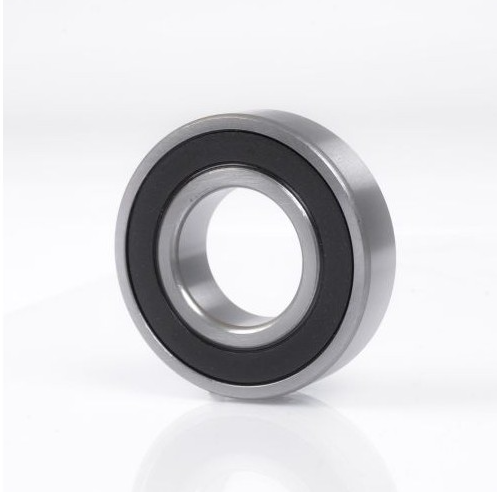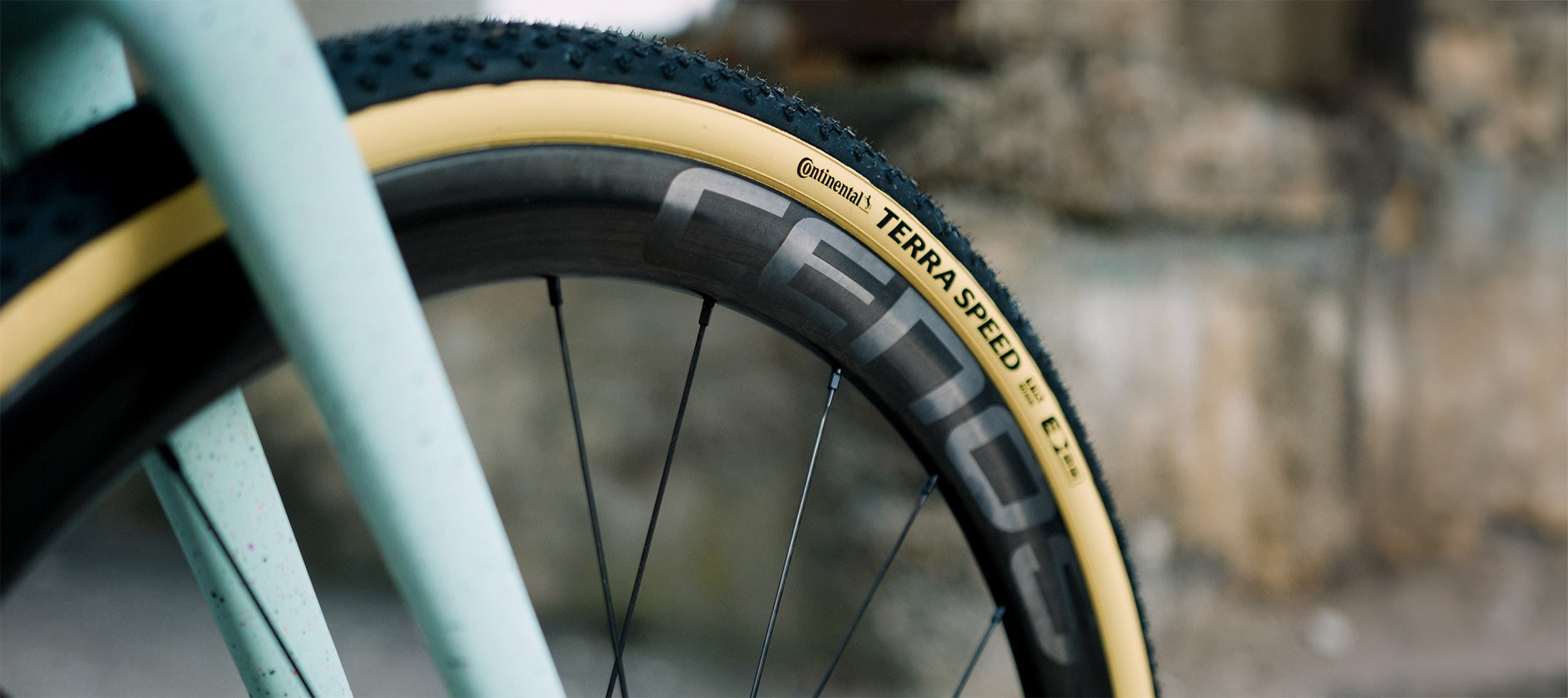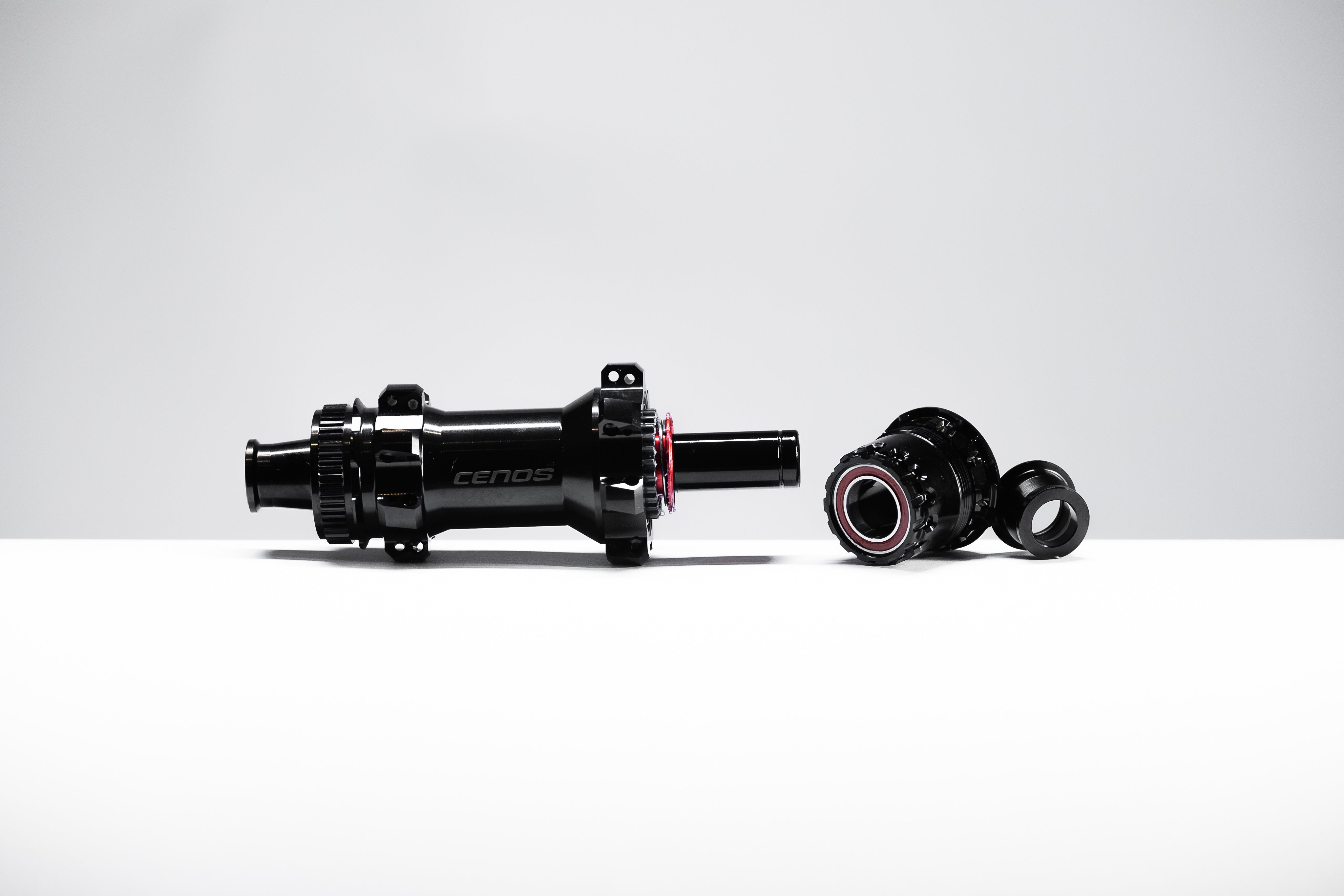
Bearings for Ova hubs
NTN ball bearings for Cenos Ova hubs
If a bearing on your bicycle hub is worn or damaged, it is by no means a case for the scrap yard. A new ball bearing and everything works practically like new. Cenos exclusively use premium deep groove ball bearings. These bearings incorporate smooth-running seals on all fast-rotating parts, such as hub bodies or freewheels.
Important note on installation:
When pressing in or hammering in ball bearings, make sure that the bearing is always pressed in via the ring that is also on the seat of the bearing. This is on the outer bearing of a hub, for example. The tool used must therefore only be applied to this ring and never to the inner ring.
Choose from the variants for your corresponding hubs
Scope of deliver - 1 ball bearing,
Pairs well with
If you have any questions, you are always welcome to contact us. We'll get back to you as soon as possible, within 24 hours on weekdays.
-
Shipping Information
Use this text to answer questions in as much detail as possible for your customers.
-
Customer Support
Use this text to answer questions in as much detail as possible for your customers.
-
FAQ’s
Use this text to answer questions in as much detail as possible for your customers.
-
Contact Us
Use this text to answer questions in as much detail as possible for your customers.
FAQs
Please read our FAQs page to find out more.
What size tires can I use on my G3 gravel rims?
Cenos gravel rims are wider than some of the competitors MTB rims. So there is no strict limit on tires. Though we do recommend using 30-50mm tires. Remember to keep up with the pressure requirements. If you run a road tire on them, make sure it is hookless compatible.
What is the system weight limit for you wheelsets?
We design our rims with durability and longevity in mind. The weight limit on road wheelsets is 120kg and 100kg on gravel and MTB wheelsets.
I have crashed and destroyed the wheel, can you help?
We have a crash replacement policy, you can find it here. Contact us and we will help you get back to riding asap.
Do you sell front and rear wheels separately?
Sure, we can sell the front or rear wheels separately. Please contact us by email and we will arrange it.
How much tubeless sealant should I use, and how often it need to be refilled?
The amount of sealant required depends on the width of the tire. The sealant should coat the inside of the tire walls and there should be a small puddle in the bottom. Use these values as a base, but more sealant would always give more protection.
- 25mm tires – 40-50ml
- 28mm tires – 45-55ml
- 32mm tires – 55-65ml
- 40mm tires – 70-90ml
- 45mm tires – 80-100ml
- 2.1” tires – 100-120ml
- 2.25”+ tires – 120+ml
The sealant is water-based and dries out over time. Do not leave the tires in the direct sunlight as this accelerates the drying. Refill the sealant every 3-4 months.
Can I use metal levers to mount the tires?
Absolutely not. Our rims are designed for an easy tire mount. While mounting, make sure that the bead of the tire sits in the center lower part of the rims, and you should be able to do it without any tools at all.
Why does Cenos offer ceramic bearing option?
Generally speaking, ceramic bearings are not suited for cycling. In industrial or medical equipment applications, where the rpm is high, the load is low and the operating conditions are clean, ceramic bearings perform well. However, that is not the case in cycling, where bearings are highly exposed to high loads and the ingress of water and dirt. The optimal ideal rating of ceramic bearings is 10.000rpm+. In cycling hubs applications, the maximum rpm may be up to 500-600rpm, (road wheel at 35km/h is 265rpm). In these conditions, the advantage of ceramic bearings is negligible and does not provide a performance benefit for cycling as many people and companies claim they do.
Another issue is the hardness of ceramic balls. The shocks of hitting potholes and other road bumps impact the hard ceramic balls into softer steel races, which eventually get dented and lose their smoothness. This causes drag and short service life.



